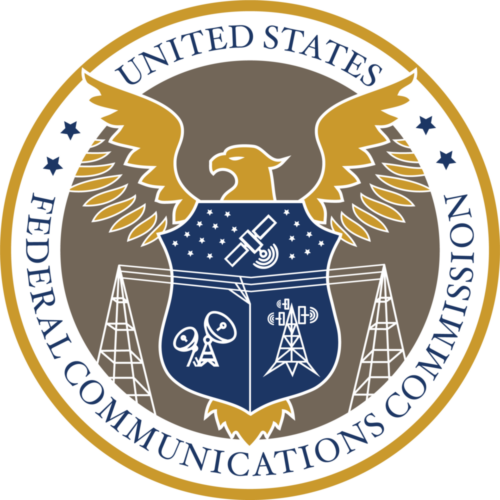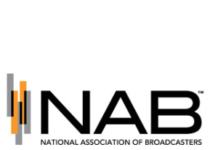
After years of debate and discussion, the Federal Communications Commission has officially adopted FM geo-targeting as proposed in a previous Notice of Proposed Rulemaking. The change will allow stations to air geo-targeted content for a portion of their broadcast hour using localized boosters.
The FCC’s previous attempt in 2021 to introduce similar measures faced considerable opposition from several broadcast groups, including the National Association of Broadcasters (NAB). The NAB has been vocal about its concerns, suggesting that FM geo-targeting could negatively impact advertising rates and revenues, disproportionately affecting minority and women-owned stations.
However, entities like the US Black Chambers have advocated advocate for the benefits of geo-targeting, particularly the opportunity to offer content, including news and information, in various languages tailored to different neighborhoods within metropolitan areas.
FCC Commissioner Brendan Carr said, “We take a good step in the right direction today. For years, the FCC has ensured that various technologies from cable to 5G to next-gen broadcast TV have the freedom to target their content to specific geographies. This has been a proven way to serve the needs of diverse communities while bringing in additional advertisers and revenue opportunities for providers. Except the FCC has never allowed radio broadcasters that same opportunity.”
“Today, we change that. The FCC now gives radio broadcasters the opportunity to target content for limited portions of time. With this Order, broadcasters can move forward now with plans to deploy technology to geotarget their audiences with hyper-local news, alerts, weather reports, and advertising.”
Commissioner Geoffrey Starks added, “Small and independent FM broadcasters, many of them minority-owned, have been the driving force behind this change. They’ve said they want to offer tailored content that speaks to specific communities within their listening audience, including weather and emergency alerts. They’ve told us that times are tough, and that geotargeting could help them generate new ad revenue. They’ve also expressed interest in airing geotargeted content to boost public safety and civic engagement.”
“This is about innovation. It’s about time we gave these broadcasters—on a voluntary basis—the opportunity to try out their plans. What they have in mind no doubt presents a fresh way of thinking about FM.”
GeoBroadcast Solutions, the developer behind the ZoneCasting geo-broadcast technology, has stood as a key proponent of FM geo-targeting. A GBS Spokesperson said, “We commend the leadership of Commissioners Geoffrey Starks, Brendan Carr, Chairwoman Rosenworcel, and the broad community of industry leaders, civil rights groups, and broadcasters who championed this issue and saw its potential to empower broadcasters to better serve their communities.”
US Black Chambers President Ron Busby commented, “The US Black Chambers applauds Commissioners Rosenworcel, Starks, and Carr for pioneering a rule change that opens a new horizon for FM radio boosters and content origination. This change addresses a longstanding barrier for local black-owned businesses across America, many of whom are the backbone of our membership, by enabling precise geotargeting for their advertisements.”










This is yet another of those FCC decisions made by a commission dominated by lawyers rather than engineers. Has anyone given thought to the interference these boosters will cause, especially in areas with flat terrain? Want to hear co-channel interference on FM? Take a ride on the New Jersey Turnpike and tune to 99.5, 100.3, or 101.1. These are three pairs of short spaced co-channel Class B stations in the New York and Philadelphia markets. Around New Brunswick, you radio will flip back and forth between the two stations in the pair. If the stations are exactly the same strength, you will hear birdies and hash noise. OK, so the boosters run low power. So, for a short distance, you will hear interference between the main signal and the booster.
More snake oil for the unknowing station owner/manager!
NJ 101.5
I agree totally. The FCC has a long history of questionable decisions dating back to the switch from the original FM band, to AM stereo, ownership rules, destruction of AM signals through interference from damn near everything electronic, degradation of AM receivers in automobiles, failure to effectively enforce decency rules, etc.
I’ve had a booster on one of my stations for years. And I have no interest in “geo-location.”
Why? This is a gimmick, allowing sales of expensive equipment to uninformed GM’s.
Now boosters work best in areas with hilly or mountainous terrain, so systems in Omaha, for example, will be engineering nightmares. But beyond the technical considerations, there are more obvious flaws with this concept.
The portable radio, the clock radio–are relics of the 80’s. In-home listening is done on a phone, or, at work, on a computer. So that geo-located spot is going nowhere. More to the point, radio listening is mostly done in the car. And people are mobile. Hence the audience you are trying to target with a booster–may well be listening to your main signal or even a different booster for your station.
There will be elaborate systems installed but I predict that in five years, they’ll be turned off.